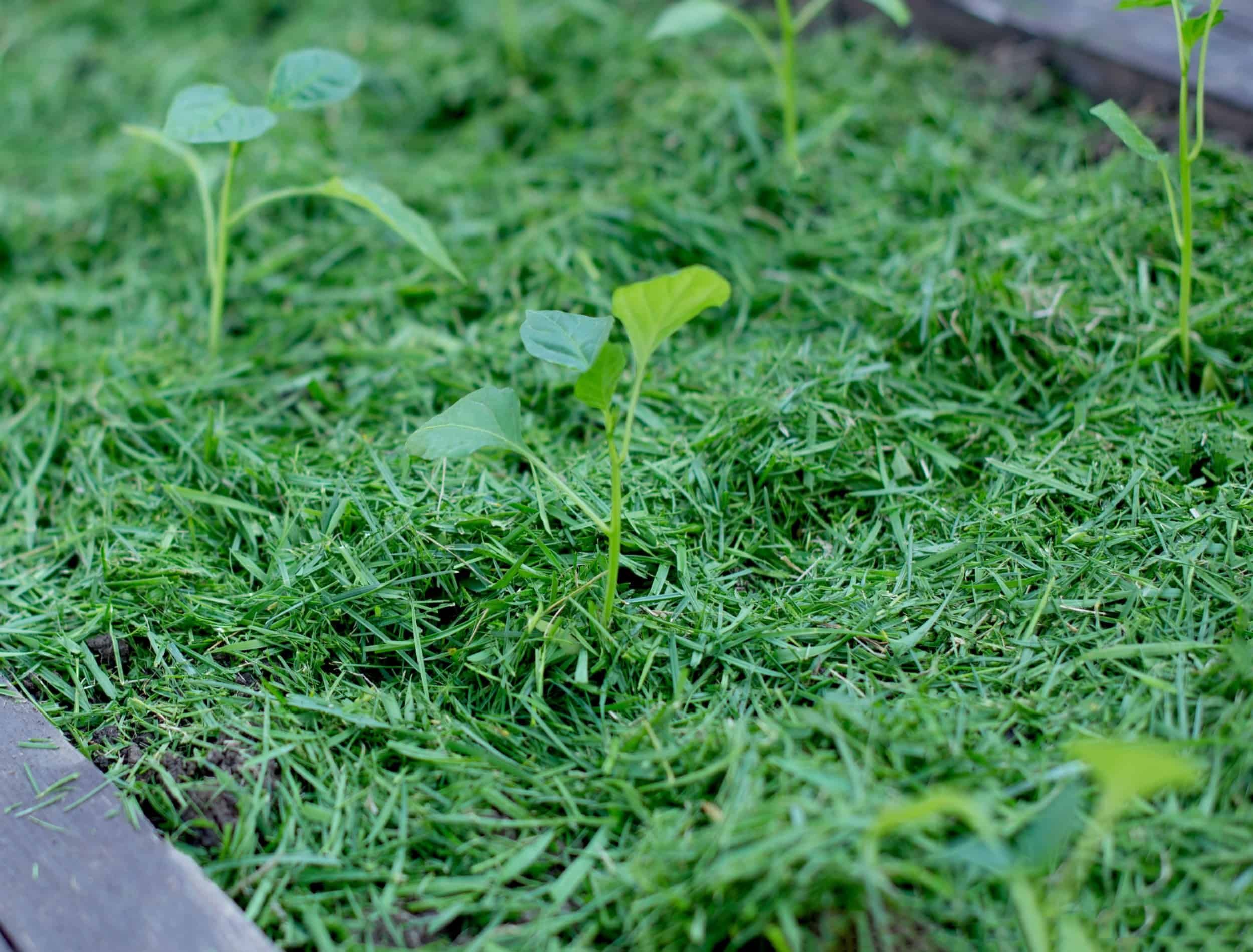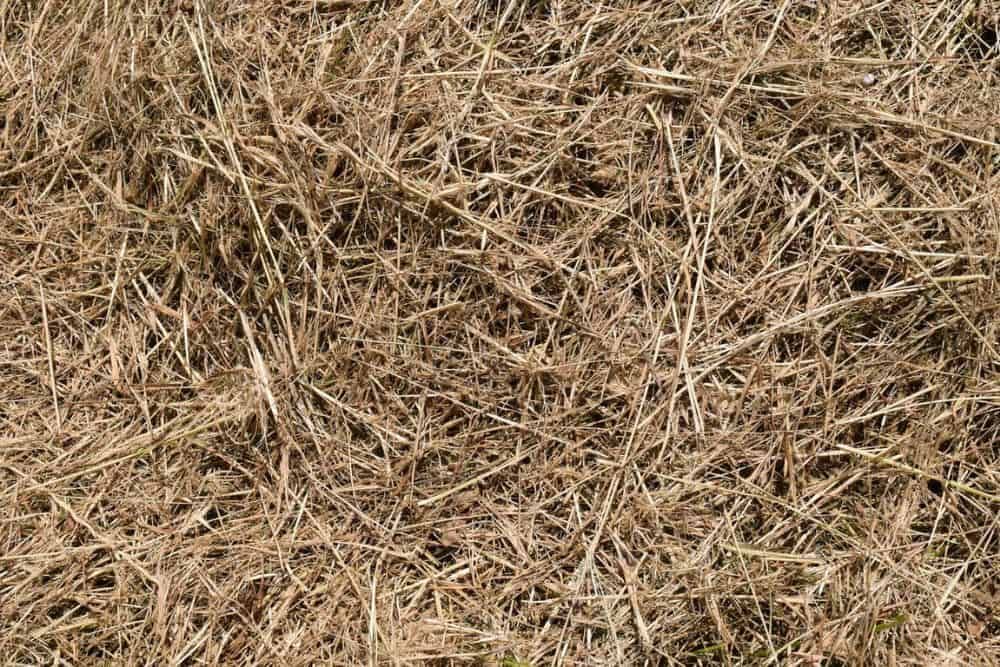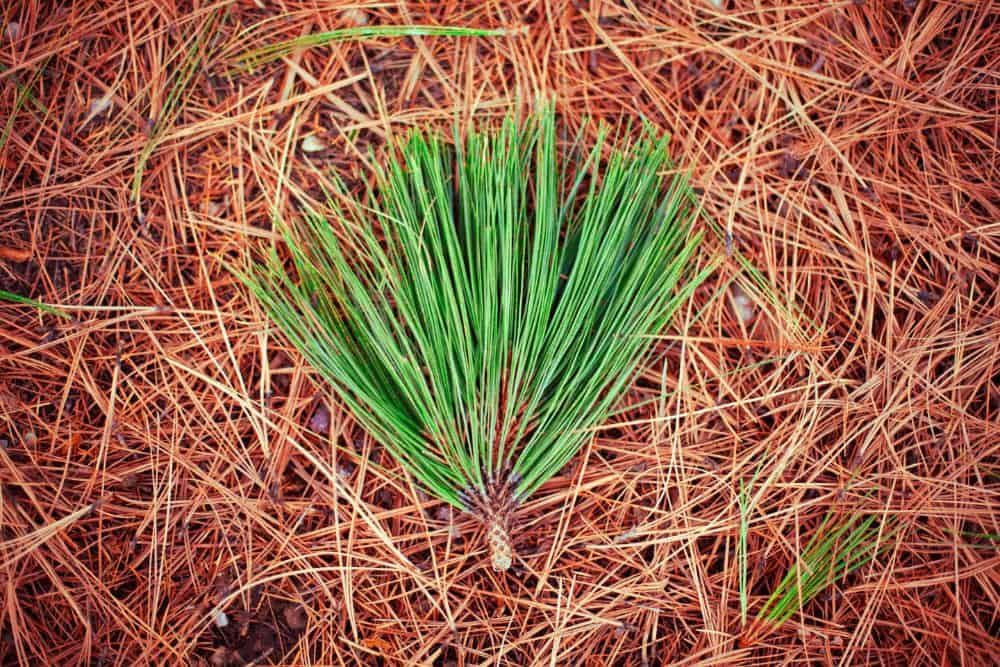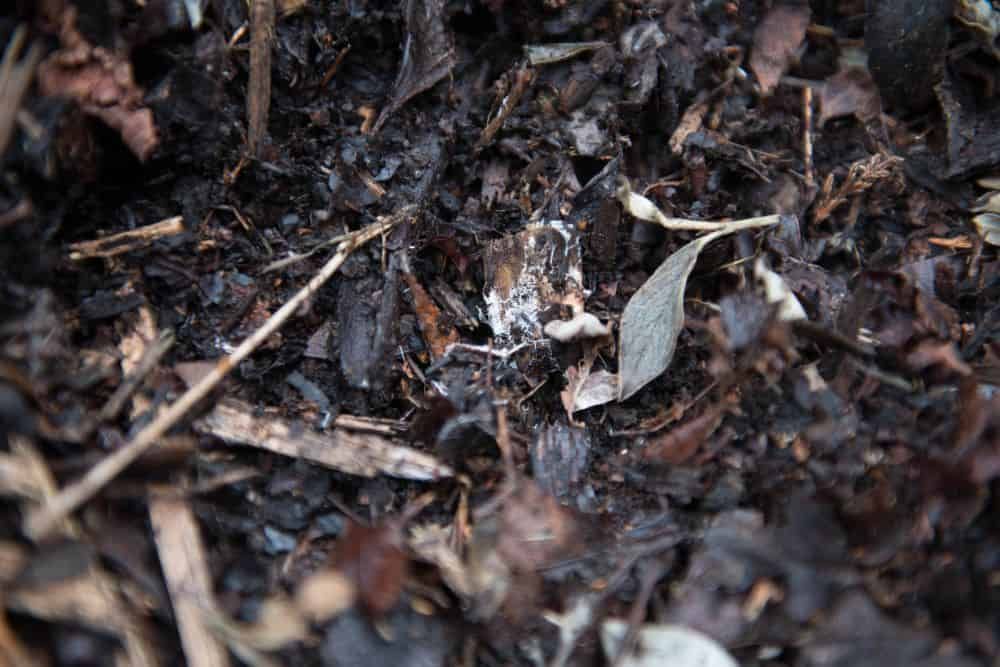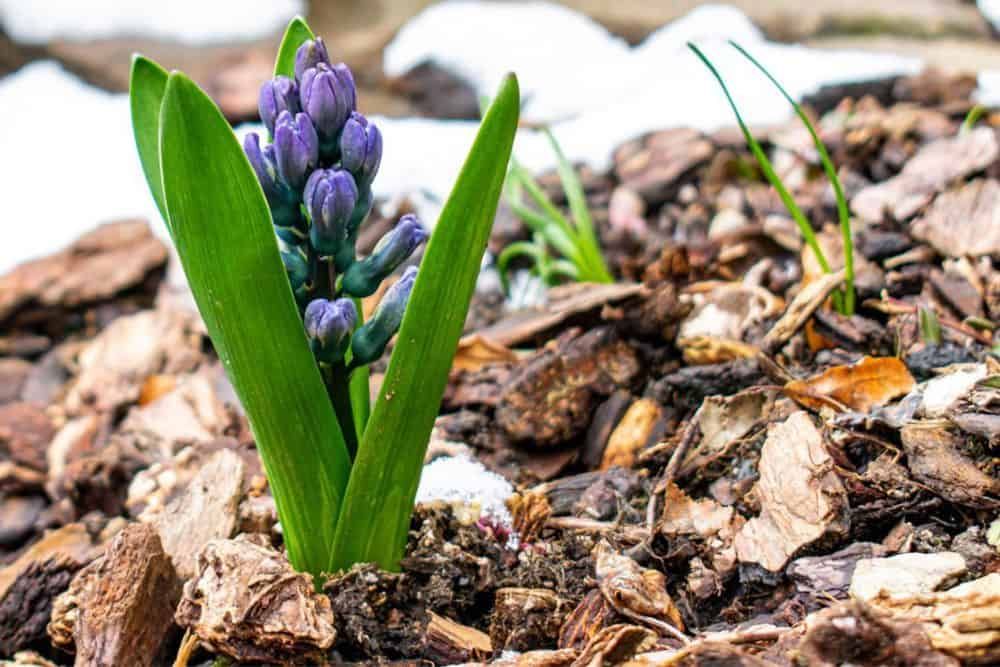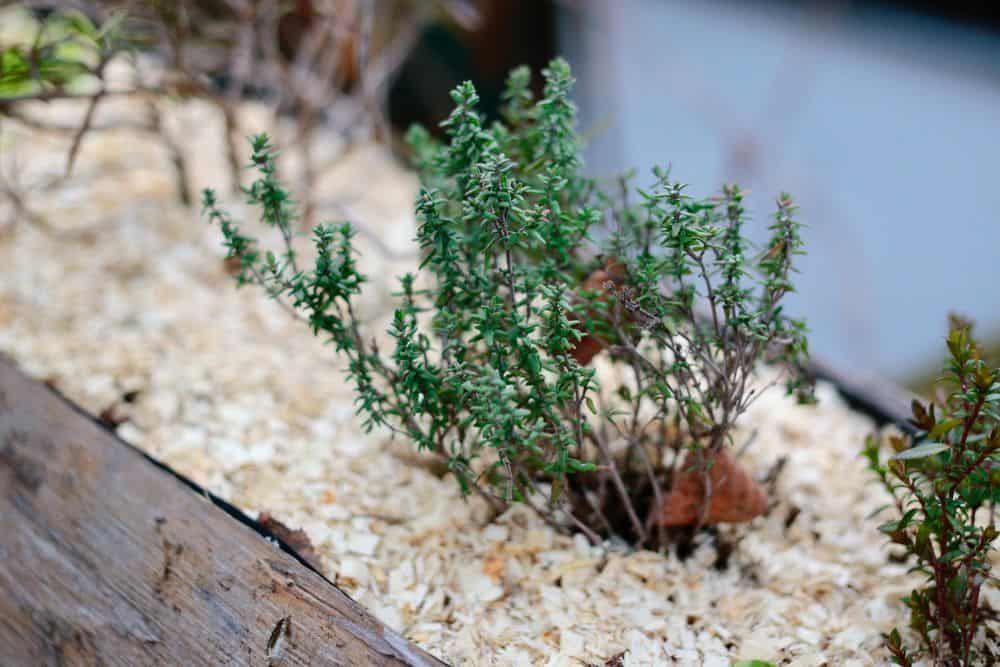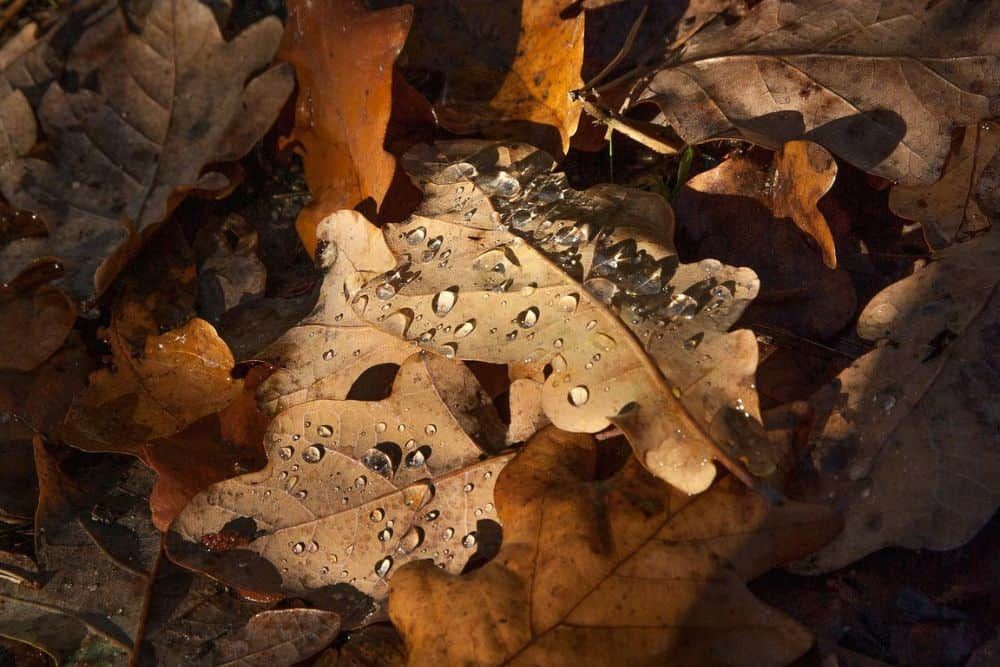Mulch is a material used to cover the top layer of dirt in a garden. You can utilize mulches for many reasons, including containing moisture within the ground, lowering the likelihood of weeds, regulating soil temperatures, reducing watering, and improving soil health.
There are various types of mulches available, but natural ones are preferred. The reason for this is the many benefits they offer to plants and the good it does for the planet. Unnatural mulches may contain coloring, plastics, or chemicals that are hard on your garden. On the other hand, natural mulches break down and release healthy nutrients into the ground that enhance your plant's growth!
Want to add mulch to your garden? Check out these seven natural mulches and find the one that works for you!
Grass Cuttings
Image credit: Irina Zharkova31 via Shutterstock
Grass cuttings work as a great mulch! The grass collected in your lawn mower is filled with natural nutrients that can improve the health of your garden.
When grass breaks down, it releases nutrients such as potassium and nitrogen into the ground. These are key nutrients that help plants grow healthy and strong! So, the next time you mow your grass, sprinkle those cuttings over your garden beds for a boost.
Straw
Image credits: Ulrike Leone via Pixabay
One of the most aesthetically pleasing natural mulches is straw. You can buy it at most garden centers or reach out to local farmers who may have some to share!
Place the straw in a thick layer around your plants after it has recently rained, so the moisture is retained beneath the straw. If there has been no rain, give your garden a good watering before laying down your straw mulch for the best results.
Pine Needles
Image credits: Matthew Ball via Unsplash
Pine trees drop needles every season, and gardeners most often rake these up and dispose of them. But you can use them in your garden as mulch!
The small needles act as a sturdy and protective layer over your topsoil, and of course, are natural. It is important to note that pine needles are acidic, so only use them in garden beds with plants that like acidities, such as hydrangeas, carrots, tomatoes, or azaleas.
Compost
Image credits: Julietta Watson via Unsplash
Creating a compost heap is an innovative and effective way to get the most out of all your leftover organic materials. Often filled with wood, dead leaves, discarded vegetable, and fruit remains, egg shells, and more, you can use compost in the garden soil at the start of the growing season.
But instead of waiting to add it to your soil next season, you can add the compost now to your garden beds as a layer of mulch. Because compost is made up of many organic and natural materials, it contains tremendous amounts of nutrients that will act as fertilizer over time for your garden.
Wood Chips
Image credits: Cornell Frühauf via Pixabay
Another visually pleasing mulch that you can utilize is wood chips. You can buy them at any hardware or garden store, and gardeners love them because of their longevity.
While mulches like grass clippings and compost will break down quickly, wood chips can last a few years before needing to be refreshed. Wood chips add a rustic and natural look to your garden while offering all the benefits of other mulches!
Sawdust
Image credits: Hanns Adrian Böhme via Unsplash
Do you have sawdust in your workspace from all your DIY projects? Just like wood chips, sawdust works the same, adding a layer of protection to your garden beds.
Spread a thin layer of sawdust over your soil to keep the water in your garden, as sawdust is extremely absorbent. However, sawdust is acidic, so be sure to use this type of natural mulch only with acidic-loving plants!
Dead Leaves
Image credits: jacqueline macou via Pixabay
As the growing season carries on, you can use the leaves that have fallen from the trees either naturally or by pruning for mulch.
These dried-out and dead leaves work to effectively add nutrients to your garden and keep it moist during those hot summer days. Sprinkle dead leaves throughout your garden beds, and your plants will reap the rewards!
To Sum Up
When it comes to protecting your garden plants and encouraging their growth, mulch is a great option! The natural and organic material acts as a cushion against excess sun, ensuring that your garden beds retain more moisture. Mulch also offers aid against weed growth and reduces the need for constant watering.
Whatever natural mulch you select to add to your garden, note that it will require additional layering. Mulch is used for its ability to break down and decompose, so after some time, you will need to add another layer.
Several different natural mulches are affordable and easy to apply. For DIY mulches, use grass clippings, compost, dead leaves, pine needles, or sawdust. For a more appealing or rustic look, you can use straw or wood chips. Whatever mulch you decide upon, know that your garden will be thankful for it and reward you with strong, healthy, and thriving plants!


